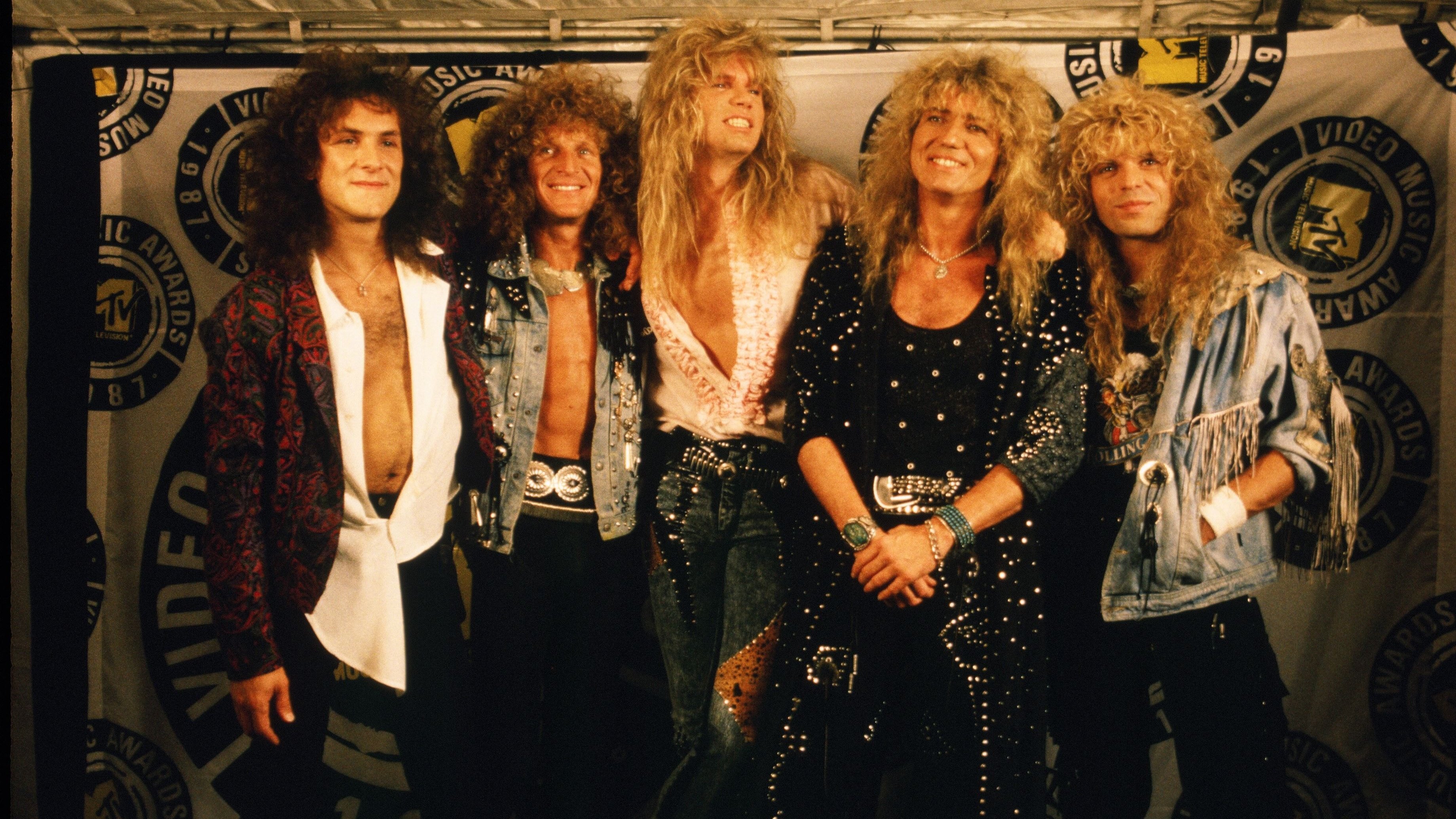1) THE VIDEOS
Where would Whitesnake have been in 1987 without the film starlet who would later become Mrs David Coverdale? Tawny Kitaen appeared in the videos for Here I Go Again, Still Of The Night (she’d later reappear in the band’s The Deeper The Love promo too). Her sexual gyrations certainly had a major impact on MTV audiences in America. In fact, it was a mutually beneficial relationship: Whitesnake got a hot rock chick, while Tawny had the chance to revive an ailing acting career. Not that it took much Billy Shakespearean depth to pose suggestively. She just had to drape herself around Cov and some cool cars.

2) SONIC TAPESTRIES FROM HELL
When Steve Vai agreed to join Whitesnake in 1989, it caused a tidal wave of shock among hard rock fans – it seemed like the equivalent of Meryl Streep joining the On The Buses cast! But the former David Lee Roth and Frank Zappa man slid into the ranks smoothly enough. And he had a solo album, Passion & Warfare, to promote as well. What better way to do this than in one of the biggest bands in the world? Coverdale certainly loved Vai, describing his new best friend as “weaving sonic tapestries from hell”. The friendship only lasted long enough for the Slip Of The Tongue album – but those sonic tapestries were colourful enough.
3) SLIDE IT IN ALBUM (US VERSION)
The album that finally put the ’Snake over the top as far as America was concerned. The original came out in early 1984, and did well in the UK. But once the band had signed to Geffen in America, changes were demanded. John Sykes and Neil Murray came in for Micky Moody and Colin ‘Bomber’ Hodgkinson, and re-recorded the guitar and bass parts, respectively. It was also completely remixed. The result? The band’s first genuine charting album in America, and, following the advice of label supremo David Geffen, Coverdale started taking the US market “seriously”. Both Mel Galley and Jon Lord also quickly departed.
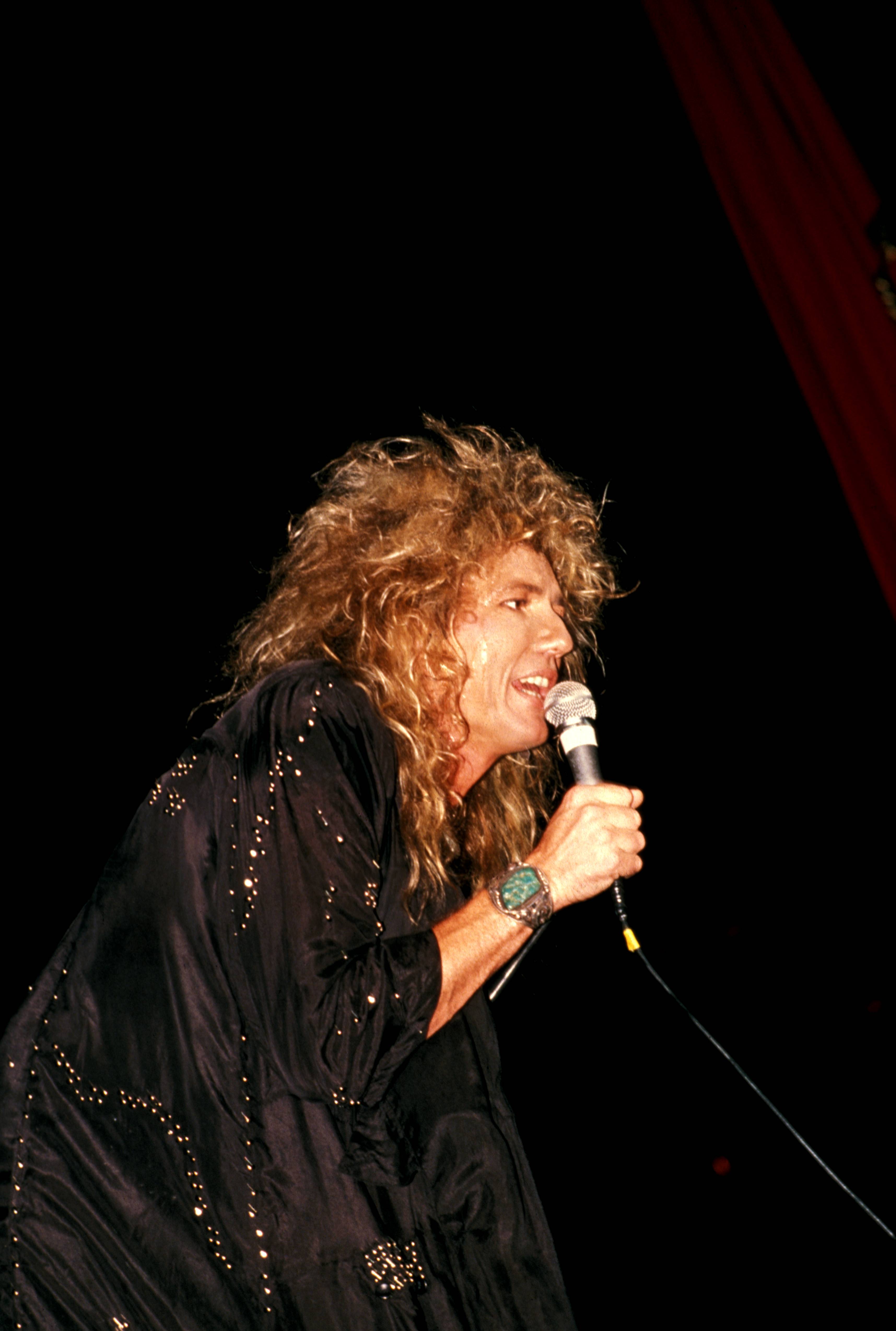
4) ENTER POODLE PERMS, EXIT DAFT MOUSTACHES…
Back in the 1980s, every rock star (and wannabe rock star) had a poodle perm. It was part of the scene: big bouffant brocades, with hair highlighted and teased. And when David Coverdale finally decided he was gonna take on the challenge of breaking America, he had to have the right armoury. Yes, the musicianship and the songs counted for a lot. But just as important was the hair. You had to have the right perm. So out went his scruffy 1970s look, and in came the flowing locks of the era. As Cov himself said: “I’m competing with people like Jon Bon Jovi. I’ve gotta look the part.”
5) TEXXAS JAM 1987
This appearance at the legendary annual rock festival was the group’s first gig promoting Whitesnake (aka the 1987 album). Billed beneath Boston and Aerosmith, with Poison and Tesla below them, this was a chance for the new look ’Snake line-up to show what it could do. And they didn’t disappoint. Maybe they didn’t quite steal the whole event at the Cotton Bowl in Dallas, but they got the sort of reception that proved they’d a real shot at American glory. And the sides of the stage were encrusted with hirsute heroes checking out Coverdale’s mix of double entendres and new-found arena-rock cred.
6) HERE I GO AGAIN, 1987 STYLE
Ah, the battle stills rages. Was the original from the 1982 Saints & Sinners album better than the re-recorded version from 1987? The former had blues-rock quality, while the latter had preposterously overblown production values. However, whereas the ’82 recording barely scraped into the UK singles chart – and certainly never even bothered the American equivalent – the second attempt went into the Top 10 here, and made it to No.1 in the States. But perhaps the oddest difference between the two versions is that the first had the following line: ‘Like a hobo I was born to walk alone’. For the later recording, ‘hobo’ became ‘drifter’. Why? “I was worried people might think I was saying ‘homo’,” admitted Coverdale.
7) STILL OF THE NIGHT
Hey, here come Led Zep… er, hang on. Not quite. Perhaps the most celebrated song on Whitesnake’s 1987 album, it’s also the one where Coverdale really seems to borrow a lesson or three from the Robert Plant rulebook. Cov told Metal Hammer about the origins of the song: “When my mother died I was going through the stuff at her house and found some early demo cassettes. One of them was a song that Ritchie Blackmore and I had been working on, which was the basic premise of what would become Still Of The Night. I took it as far as I could, then I gave it to Sykesy and he put the big guitar hero stuff on there. John hated blues, so I had to work within those parameters.”
8) DONINGTON 1990
How to divide your fan base: when Whitesnake headlined the Monsters Of Rock festival for a second time in 1990, they were virtually unrecognisable from the band who’d topped the bill seven years earlier. Come to think of it, they were unrecognisable, because only Coverdale appeared on both occasions. Yet his image was totally changed. He could’ve been a different person. But while the 1990 ’Snake boasted the virtuoso talent of Steve Vai, there was a real feeling he lacked the required empathy with blues rock to make older Whitesnake songs sound convincing. So fans of the band’s early albums pined for bygone days, when Moody and Marsden or Galley ruled the stage. Maybe this was the moment when we all realised Whitesnake had become a different type of melodic rock reptile entirely.
9) KEITH OLSEN
The producer a lot of people blame for Coverdale’s sudden predilection for screaming on 1987. Olsen was brought into the frame after the main ’Snake recovered from his sinus problems. Cov had fallen out with original producer Mike Stone, so elected to bring in Ron Nevison to work on his vocals, but even this didn’t turn out as he might have hoped, so enter Olsen. Whatever his approach to Cov’s vocals, he was kept on board for Slip Of The Tongue.
10) WHITESNAKE TURBO-CHARGED
If the original blues-rockin’ Whitesnake was akin to a cherished old Wolseley Hornet with an interior smelling faintly of cigars, the 1987-era Whitesnake was more like an overstated American limousine. A Lincoln Ambassador with white leather seats, tailfins, cruise control and flagons of expensive brandy sloshing about in its moulded cupholders.
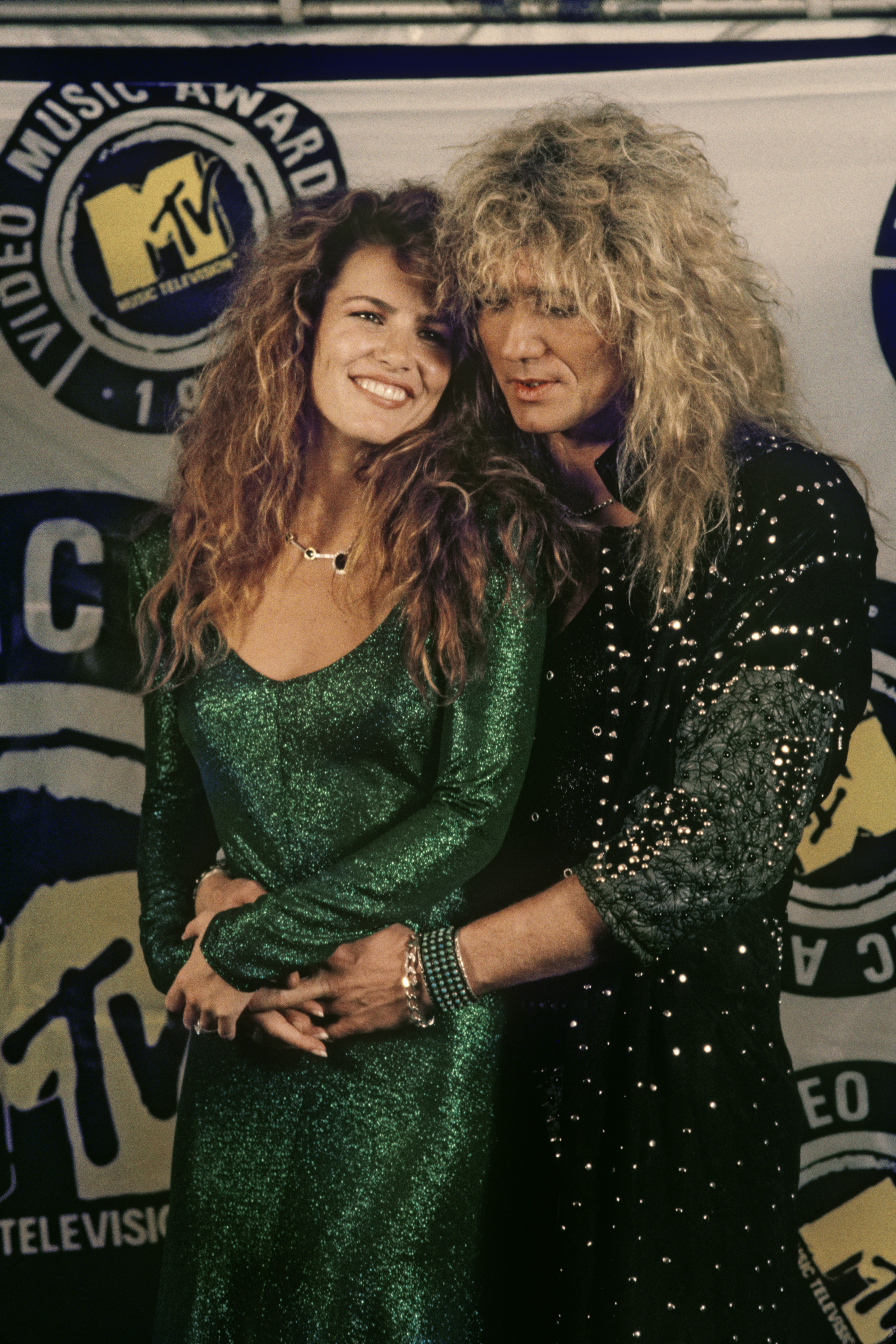
11) TAWNY COVERDALE
“She isn’t just my wife and lover. She is my best friend. I cannot imagine life without her.” Those comments were made by Coverdale in 1990. A year later, he and Tawny Kitaen were divorced. Now, while she became important to Whitesnake through those video appearances, there was another reason why her very presence was important. Because she actually gave the band some serious glam rock credibility. Why? Because Tawny was a major part of the LA scene, having been closely associated with Mötley Crüe and Ratt, as well as dating Pete Angelus, David Lee Roth’s business partner. So Coverdale’s pursuit of her charms might have been as much a career move as libidinous. Cynical? Perhaps, but…
12) IS THIS LOVE
Under different circumstances, this power ballad might have been a hit for someone else. It was actually written by Coverdale and John Sykes in the south of France, but not for Whitesnake. As Cov explained: “Before I’d left [for France], a friend at EMI had asked me for any ideas that would work for Tina Turner. So that was where the original idea for Is This Love came from.” Instead, though, it became a huge hit for Whitesnake, and one of the pre-eminent power ballads of the era. In fact, alongside Here I Go Again, it’s the band’s biggest British hit. Sorry, Tina, you lost out to another legendary diva!

13) RUDY SARZO
Poor Rudy Sarzo. How many times did he have to stand on stage and wince when Coverdale introduced him as “the slut of the band”? But Whitesnake was about selling sex, Carry On style, and Sarzo graciously accepted his role as an unwitting Bernard Bresslaw.
14) IMAGE
Ah, the good old days of Whitesnake, when the band would go on stage in jeans, T-shirts and waistcoats. Even David Coverdale was hardly a portrait of sartorial elegance. It was blues-rock and you didn’t need an image. But when 1987 came out, that all changed. The clothes were rock-star issue, the waists were slim and the faces were caked in make-up. Glam was the name of the game, perms were teased and poses were preened. You couldn’t now be a member of the band unless you were prepared to get an image makeover and look like you could strut into the Rainbow Bar & Grill in LA and appear to belong.
15) SLIP OF THE TONGUE ALBUM
After the enormous success of 1987, things came crashing down a bit with Slip Of The Tongue. With Steve Vai on board, and Adrian Vandenberg his tight writing partner, Coverdale failed to reignite the magic of the previous album. It’s not that it was a bad record, but it lacked the focus and sparkle of what had gone before. No wonder Slip Of The Tongue barely sold a million copies in America, as opposed to the 10 million units shifted by its predecessor. Even Cov admits to his doubts: “For a long time, I felt the album lacked a certain Whitesnake feel in the music. But countless people through the years have assured me that they enjoyed and enjoy the album, nonetheless. So now I happily accept it as a significant part of the Whitesnake catalogue.”
16) HOW MANY MUSICIANS DOES IT TAKE TO MAKE AN ALBUM?
In the case of 1987, it was nine. But such were the strained relations within the band at the time that the core of Whitesnake was ripped apart by Coverdale as soon as the album was finally finished. Out went guitarist John Sykes, bassist Neil Murray and drummer Aynsley Dunbar. He also dispensed with Don Airey, Bill Cuomo, Dann Huff and Denny Carmassi. The only musician retained from the line-up that recorded the album was guitarist Adrian Vandenberg, but his role on 1987 was restricted solely to some rhythm guitar parts and a guitar solo on Here I Go Again. Has there ever been such a massively successful band album where the touring line-up had such little resemblance to the studio one?
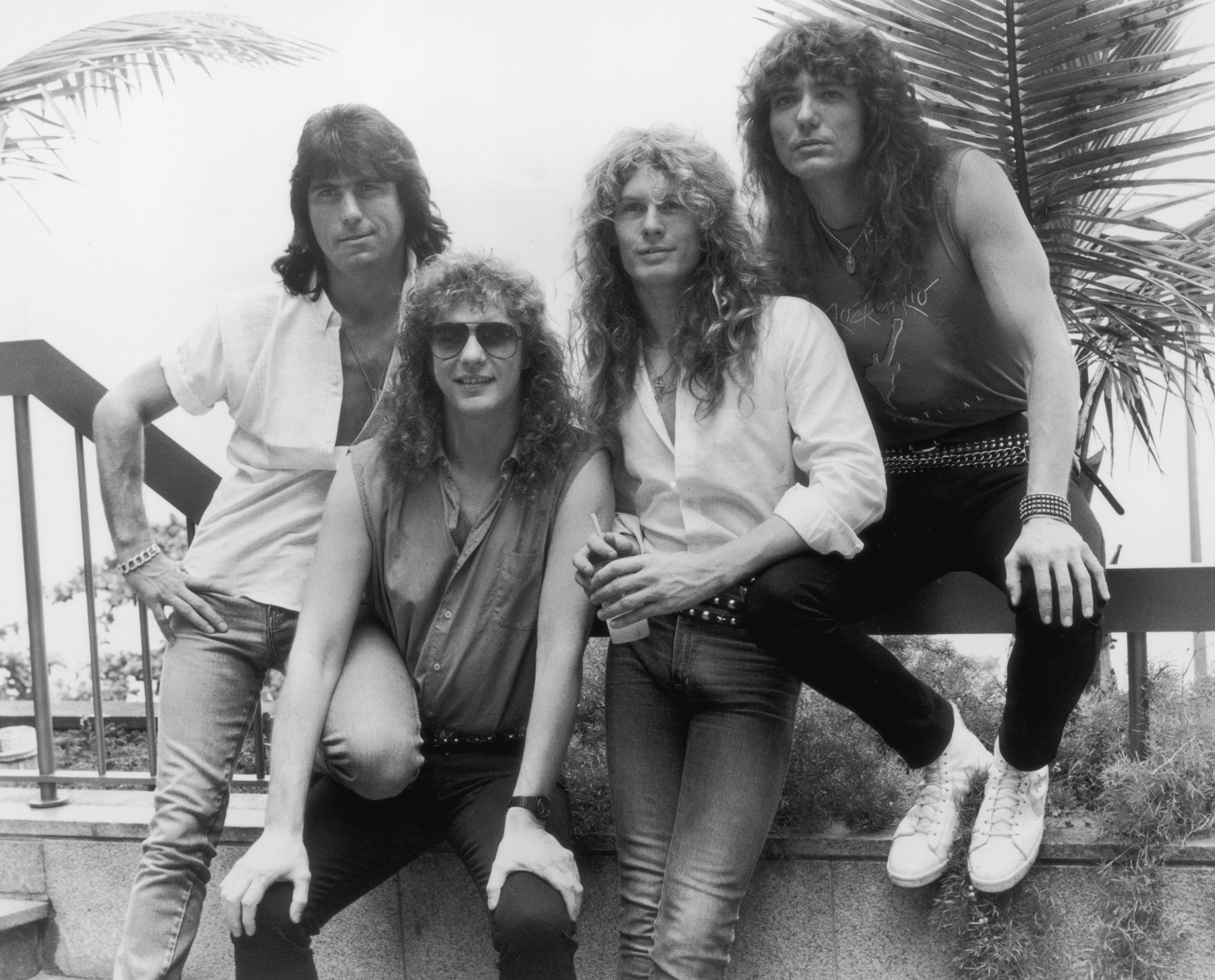
17) JOHN SYKES
The man who deserves a lot of the credit for the way 1987 turned out. His co-writing skills and guitar virtuosity played a crucial role in it all. But then egos got in the way. What should have been a triumph for the one-time Thin Lizzy man all went sour when he and Coverdale fell out badly, and he found himself falling out of Whitesnake, too. Neither he nor Coverdale ever scaled such heights again, and there have been attempts to get them back together. Sykes recently claimed he wouldn’t be against working with Cov again, “as long as he got off his high horse”. Ouch.
18) OLD SONG RETREADS
Fool For Your Loving, Here I Go Again, Crying In The Rain. All these songs were staples of the Whitesnake repertoire in the early 1980s. And each was re-recorded later the same decade and given a significant re-hosing for the American market. The reaction from old school fans of the band was one of shock and horror, that the group had dared to revisit such untouchable anthems. But whereas Here I Go Again was a huge hit, neither of the others achieved the same success. And Coverdale himself was “mortified” when Fuel For Your Oven ’89 came out as a single instead of Judgement Day.
19) COV AND THE CANTOR
After he’d undergone surgery to correct his sinus problems during the making of the 1987 album, Coverdale took vocal lessons from Nathan Lam, who wasn’t just a vocal coach, but also a cantor. “That means he’s the leader of a Jewish choir,” Cov explained. “The surgeon who operated on me was called Cantor, so it seemed appropriate to go to a cantor for coaching.” Lam, who has also worked with members of Poison, is the cantor at the Stephen S. Wise Temple in Bel-Air. It’s surprising Whitesnake didn’t cover Hava Nagila for the 1987 album!
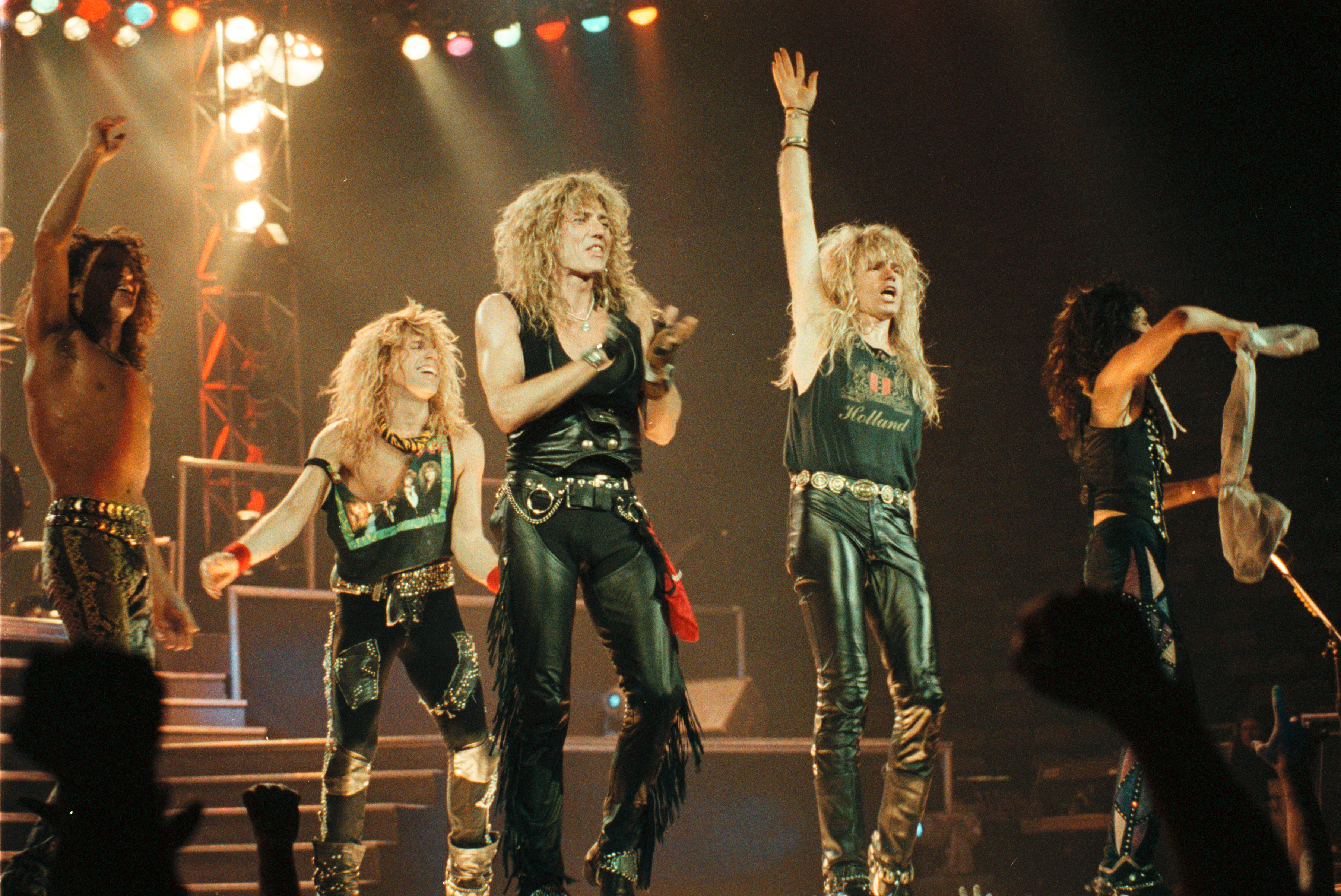
20) COCKTAIL TIME!
If the old Whitesnake was a pint of Dogbolter, the reinvented version of the band was an expensive umbrella’d cocktail delivered to your table by a topless waitress with salt on her lips and hotpants on her hips. For Cov, it truly was margarita time…
More on Whitesnake, Coverdale and the time he teamed up with Jimmy Page.
